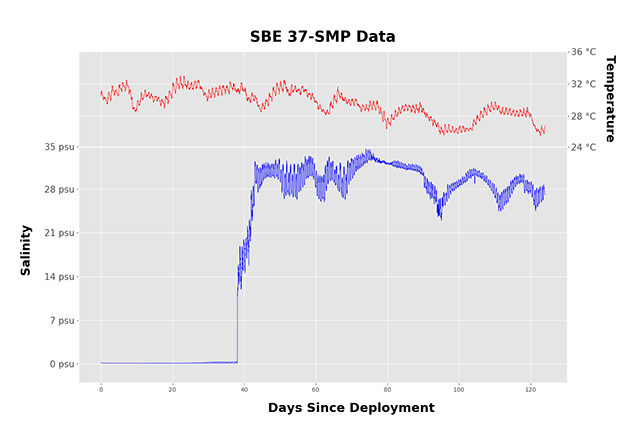Upgrading to a SeaFET V2 from the original SeaFET is completely internal—aside from the most inaccessible hardware within the instrument, the V2 uses the same housing, sensors, and batteries as the V1. Therefore, the basic maintenance procedures for the V1 and V2 are...








